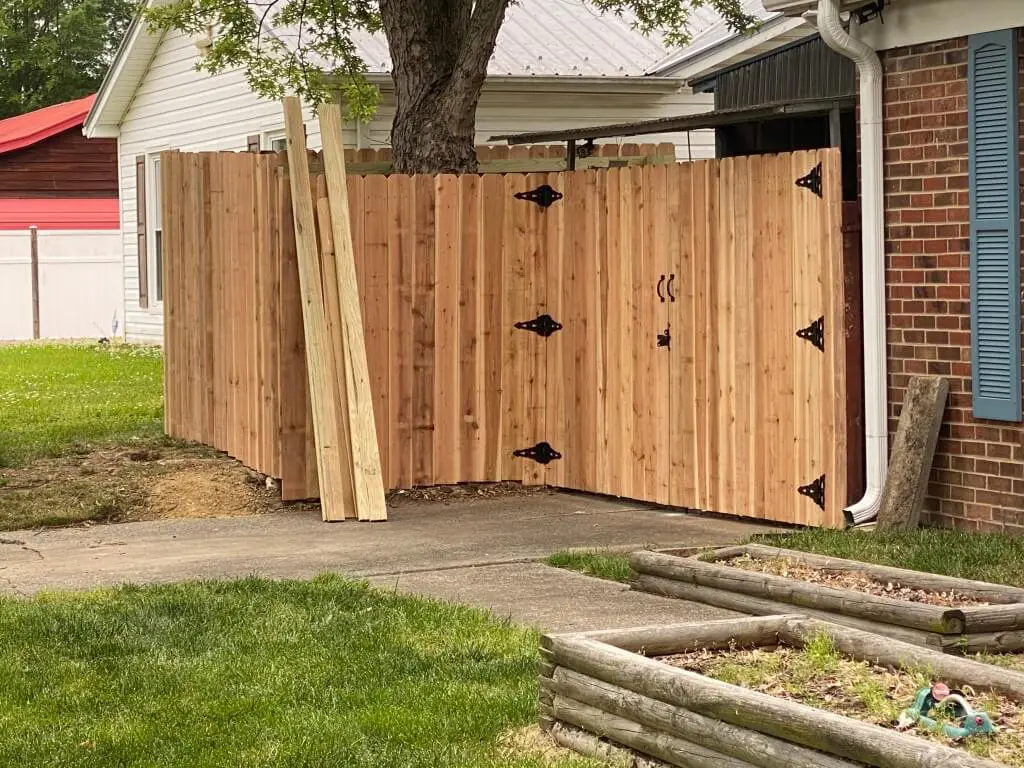
Numerous forms of laminate hardwood appear as pleasant as the basic stuff, making it an excellent moderate flooring alternative for many houses. Only one drawback: Since laminate flooring shouldn’t sustain compared to natural hardwood, you will eventually have to replace it. Hence, Home Pursuits portrays 3 basic steps to remove laminate flooring below.
- Prepare the Space for Removal
You should remove the real stuff from the room before you begin. You can peel the borders off the woodwork to save hours when replacing laminate flooring in a complete room.

- Start at one end and tear off the floor tiles
After finishing your preliminary work, you can remove the laminate flooring pieces.
- Remove the excess adhesive with a scraper or sander.
There will almost certainly be a bunch of glue waste left when the lamination you’re dismantling is attached to a solid substrate. A floor wiper is an excellent instrument for eliminating adhesive or other material that has become attached to the flooring. Pass it at a 15 – 30 ° angle over the area, and change the razor if it becomes harsh while operating.
Remove any residual glue with an orbital sanding if the flooring you’re dismantling has adhered to a hardwood subfloor. Wear safety goggles when sanding if you want to prevent hurting your throat or eyes. During this process, you should perhaps assess the state of the subfloor.
Suppose your flooring is still in poor condition and does not require renovation. In that case, Home Pursuits recommends upgrading this using WPC or SPC vinyl, which is thick, watertight, and assists conceal subfloor defects.







